Reportar esta entrada
Más sobre la misma comunidad-colección
Mirando los cisnes en el parque Washington Park
A woman and a little girl are watching the swans at Washington ...
La Oficina del Secretario del Condado tomada en abril de 1902
This is the first El Paso County Courthouse in the City of El ...
Palacio de Justicia del Condado de El Paso,
This is the first El Paso County Courthouse in the City of El ...
Palacio de Justicia del condado de El Paso
This is in the first El Paso County Courthouse in the City of El ...
Argyra Louise Blanca circa 1917 - El Paso, Texas
This girl's dress is in the collections of the El Paso Museum of ...
Argyria Louise White, 5 meses de edad
There were a number of families named White living in El Paso at ...
Francisco I. Madero y su esposa Sara Pérez
The image shows Francisco I. Madero and his wife Sara Pérez. ...

















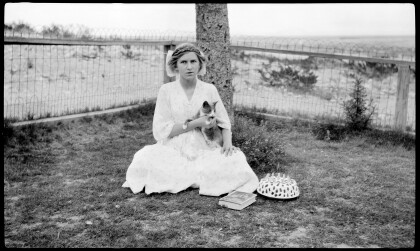
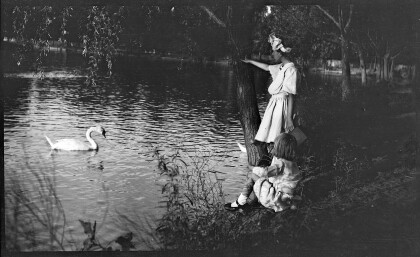
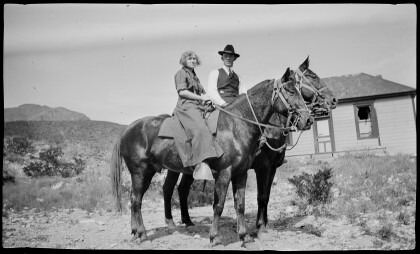
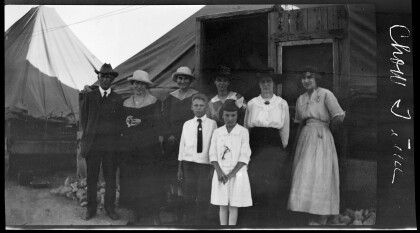
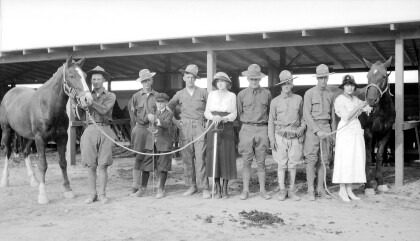
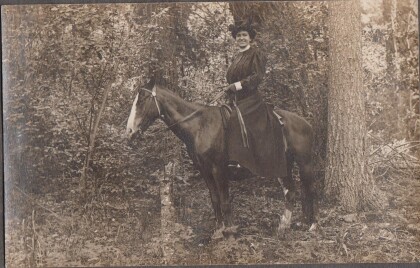
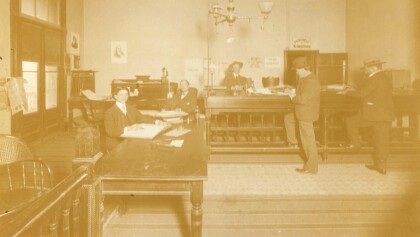
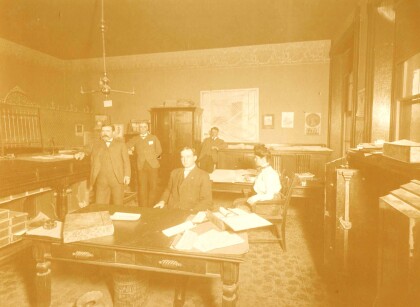
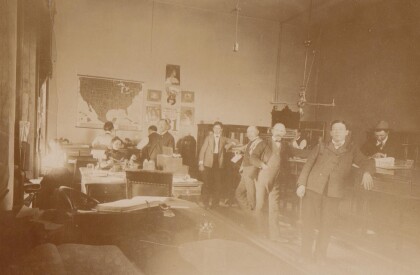
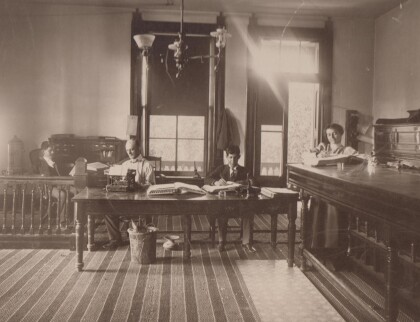
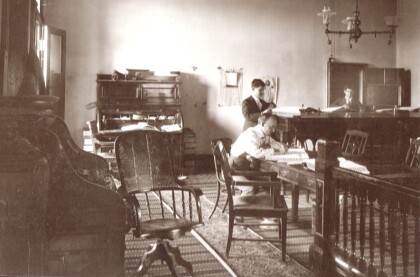
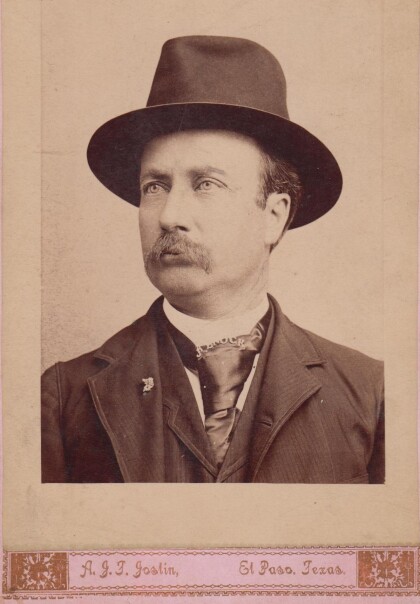
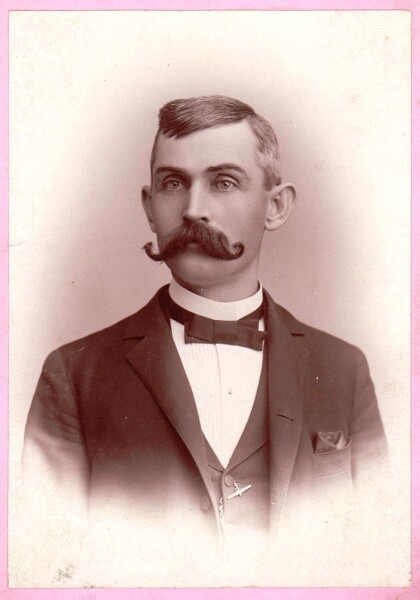
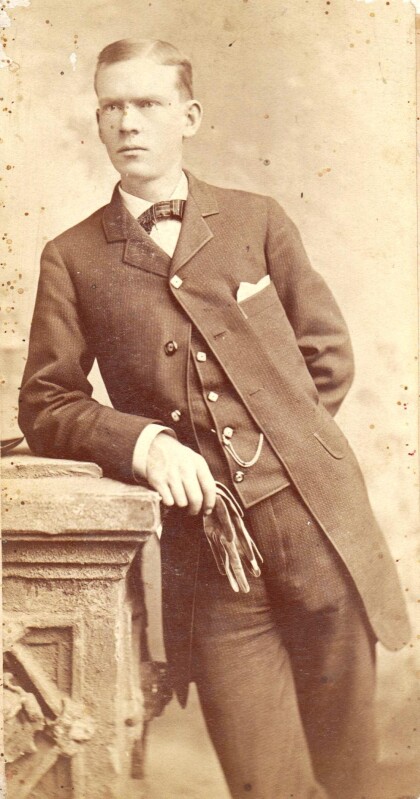
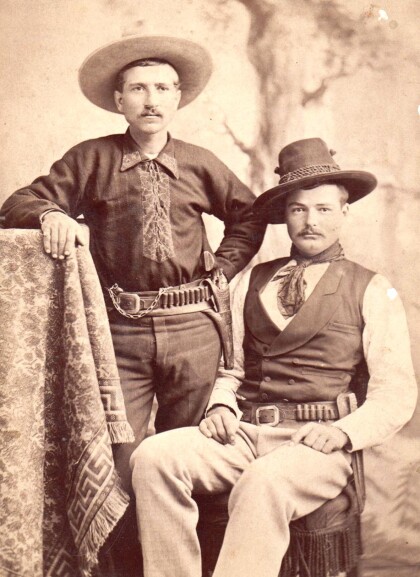
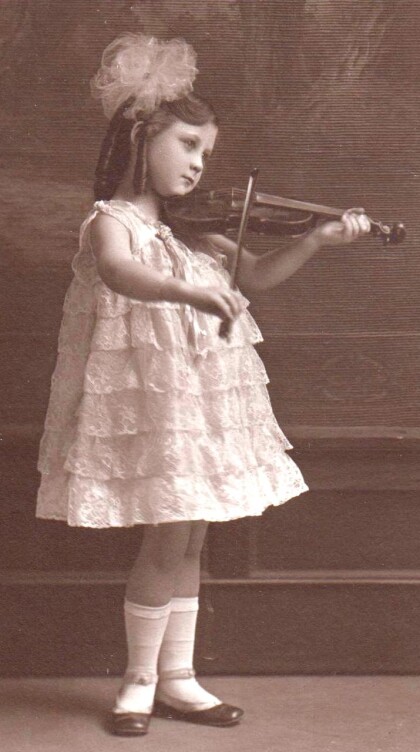
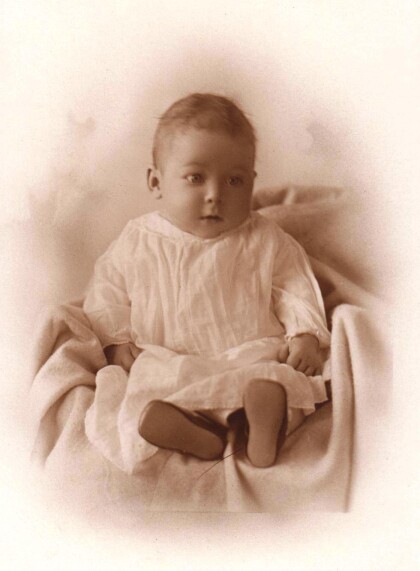
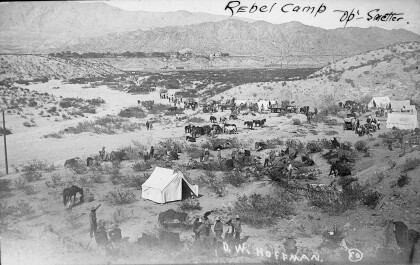
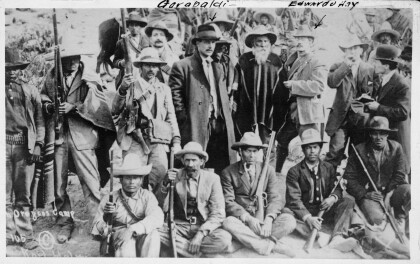
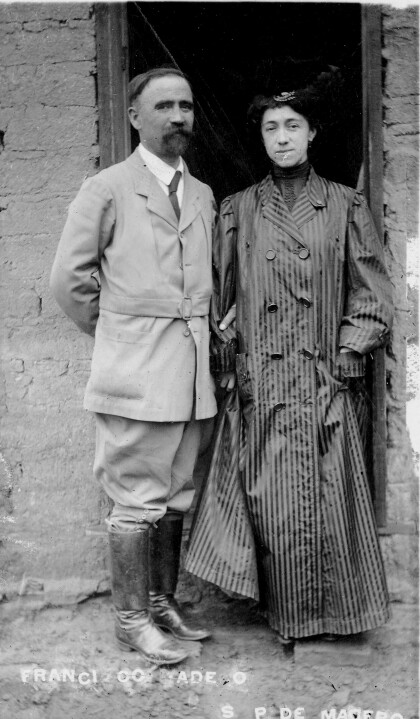

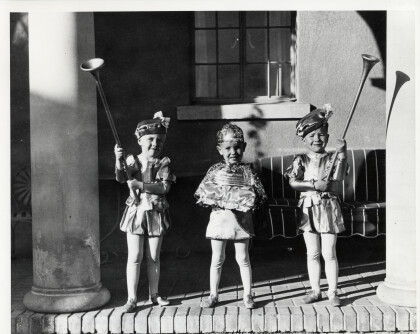
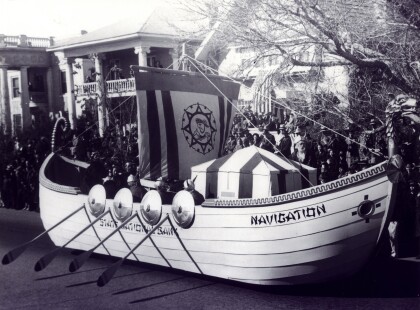
Comentarios
Hacer un comentario